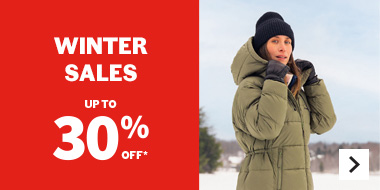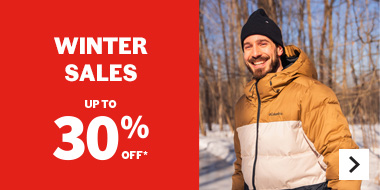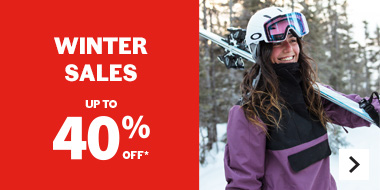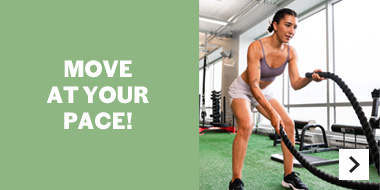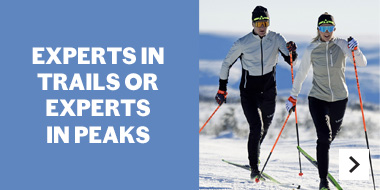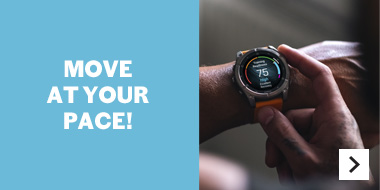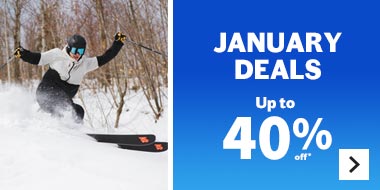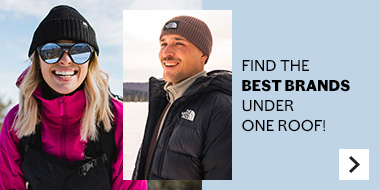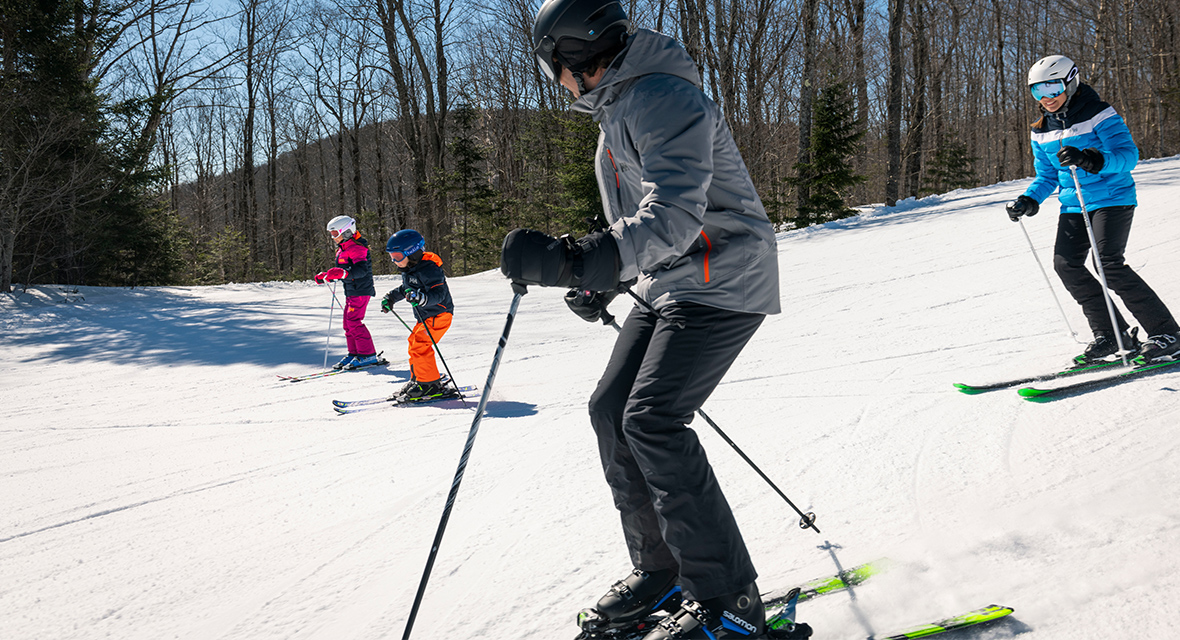The 9 guidelines for good conduct on ski hills
Skiing may be a solo sport, but a skier is rarely alone on the slopes. This means that skiers have a few rules to respect to ensure safe skiing for everybody. In fact, did you know there is a mountain code of conduct? Whether you’re a downhill skier, snowboarder or any other kind of skier, it’s your responsibility to remain alert. Make sure you have an amazing day of skiing, in a safe environment, by knowing and respecting these nine safety guidelines.
To the great pleasure of skiers from beginner to pro, the snow has come early this year! Before hitting the slopes, however, why not refresh your memory with the 9 guidelines from theAssociation des stations de ski du Québec(ASSQ) to stay safe and keep those around you safe and secure. If your memory is rusty, read on to learn them.
Guideline no. 1: Keep in control
Make sure your speed and direction are always under your control. You need to make sure you don’t go too fast so that you have enough distance to stop, and that you have the control to avoid any skier or obstacle in the way. You know you’re going too fast when you don’t leave yourself enough reaction time in case of such a surprise. The reaction time you need can vary depending on the terrain you’re skiing, the weather, the type of snow and the number of people on the run.
Guideline no. 2: Yield to the skiers downhill from you
Always be courteous and give the people below you the priority. Make sure you’re skiing in a direction that leaves them plenty of safe room.
Guideline no. 3: Keep the run free
Never stop on a run without a very good reason to do so. If you must, check that you’re visible to the other skiers above and avoid blocking the run in any way. Especially avoid stopping in narrow areas or when visibility is low.
Guideline no. 4: At intersections, yield to the skiers uphill
When you enter onto a run or when you’re at an intersection, yield to the skiers uphill from you, giving them the priority. Only set off yourself once there is no risk of danger.
Guideline no. 5: Help the ski patrol
If you’re involved in an accident or are a witness to one, give the alert and stay at the scene until the ski patrol arrives. Identify yourself to them once they get there.
Guideline no. 6: Just say no to runaway gear
Make sure your skis or board are adjusted correctly for you, and that every piece of gear is firmly retained. You don’t want it slipping off your feet and heading down the mountain on its own.
Guideline no. 7: Just say no to drugs and alcohol
This is an obvious rule, but it bears repeating: don’t use the lifts or ski the slopes if you are under the influence of any drugs or alcohol.
Guideline no. 8: Respect the signs
Make sure you know what all the signs mean, particularly warning signs, and take note of them as you get around the mountain. Never head off the designated trail area or onto a closed run.
Guideline no. 9: Be careful on the lifts
If you’re not familiar or comfortable with the ski lifts, don’t be afraid to ask a lift attendant for help. Remain alert on the lift and respect the signs posted along the ascent.
SAFE SKIING FOR THE LITTLE ONES
-
*Teach your kids the mountain code of conduct. Explain to them that they must check in both directions, just as they would when crossing a road.
*Learn to recognize when your child is getting tired or too cold.
*Make plans for in case they get lost. Determine ahead of time a meeting spot and an easy way to get there. Explain that if they feel lost, they should ask the nearest adult for help guiding them to the customer service area where they can announce the situation over the loudspeakers.
MORE SAFTEY TIPS
For further tips on mountain safety and advice on the right gear to wear, visit the site of theASSQ: maneige.ski.

